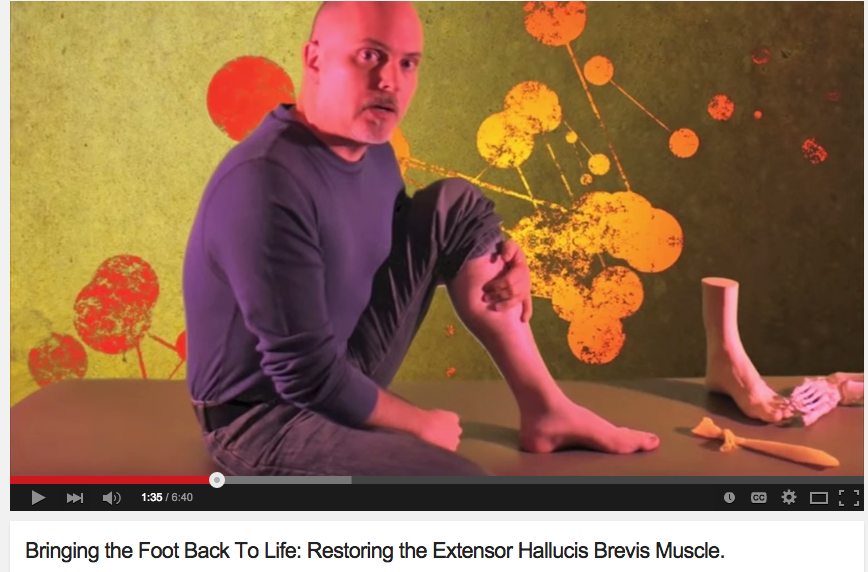Some stuff you need to know about running spikes.
I see many track runners in my office, from middle school all the way into the USA Masters Division. A few years ago one of the top USA Masters Milers came to see me on Friday before heading off to a national meet. He showed me some of his spikes (see pics above) and complained the there was something off on the spikes on the left, the Nike Mambas. The shoe to the right is the Nike Zoom Miler.
You need to understand a bit of the physics of running turns to understand what is missing for this runner in this pair of spikes. Things do change if you are running on a sloped track, but those are only found indoors and are not all that common to run on for most folks so we will stick with the thinking on flat tracks.
What you should be able to easily detect is that the Nike Mamba’s are missing the lateral 5th metatarsal forefoot spike on the cleat plate. And you need to then realize that this is the right shoe, so it is the outside foot/leg on the track. It is the foot that will be pushing off harder from the outside on the turns to keep the centripetal forces of running a curve from allowing the runner to fall off the curve into the outer lanes. This right foot will always be pushing from outside to inside to maintain the body’s progression in the desired lane, when running the curves.
Think about it for a minute. In order to run in a circle, or a curve in this situation, the outside foot always has the tendancy to be more inverted to keep foot contact on the ground. This is where a Forefoot varus MIGHT come in handy ! This means the foot will be tipped to the outside a little, because of the curve and because the body will be leaning into the center of the track on the curves. Thus the foot and shoe will be relying on more lateral foot pressures to drive the body mass back into the lane since centripetal forces will always be driving you laterally out of the lane. Thus, the lateral spikes on the right foot must be accommodating. In the case of the Mamba shoe. there is only a sheet of black hard plastic over the midshaft-head of the 5th Metatarsal on the lateral foot. It is no wonder the runner was feeling like he was slipping on the turns (the front of the midfoot was not anchored to the ground, only the forefoot due to the spikes in that location). You can see clear evidence of the lateral slipping in the picture. Can you see the orange/brown patch where he was slipping ? A spike there in that area would have been wonderful. Slipping is a power leak and a risk for injury. If the foot is trying to gain purchase into/onto the track with the foot inverted there needs to be traction at that lateral foot, what is referred to as the Lateral Column. You can see why the Nike Zoom Miler was a better choice, there is a nice spike placement under the lateral foot for just this measure, and there is no evidence of slippage wear. He told me that the Mamba was a steeplechase designed shoe but we still both felt that the issue remained relevant even in that event. The Nike website however states that “the Nike Zoom Mamba Men’s Track and Field Shoe is perfect for the 800-5000m track athlete” so we think they have missed an issue here in our opinion.
I could make a better case for the Mambas if they were for a 100m straight run but I would still like a 5th metatarsal /lateral spike where there isn’t one. I will occasionally file spikes to get the perfect feel for the athlete. It is usually the 5th metatarsal and 1st metatarsal spikes I mess with, merely to help hone the athletes feel on the track. The problem is that each track has a different feel so it is less of an occurrence in recent years.
It is good to know your shoes, it is good to know your physics. It is great to know them both and melt them together to solve problems. Not all spikes are created equal, not all tracks are the same, not all events are the same and certainly not all feet and the athlete’s who own them are the same. And on the topic of Forefoot Foot types, both the forefoot varus and forefoot valgus foot might have a problem with the Mamba’s depending on their strength, skill and strategies for ground purchase. Hopefully your shoe store and your track and cross country coaches know these issues. You might want to bring this blog post to their attention however, just in case.
Dr. Shawn Allen

























